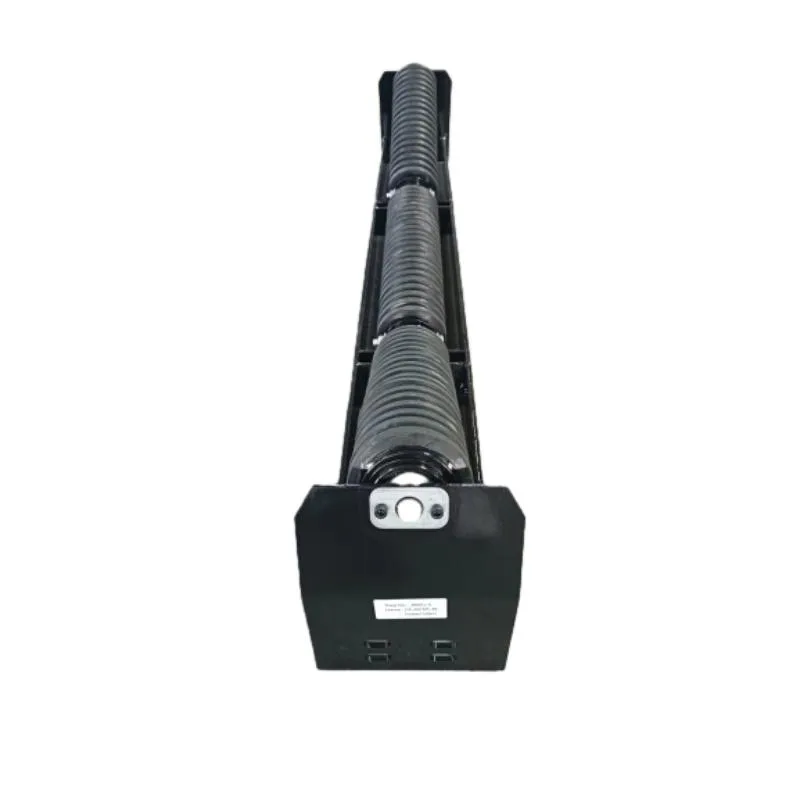 Afrikaans
Afrikaans  Albanian
Albanian  Amharic
Amharic  Arabic
Arabic  Armenian
Armenian  Azerbaijani
Azerbaijani  Basque
Basque  Belarusian
Belarusian  Bengali
Bengali  Bosnian
Bosnian  Bulgarian
Bulgarian  Catalan
Catalan  Cebuano
Cebuano  Corsican
Corsican  Croatian
Croatian  Czech
Czech  Danish
Danish  Dutch
Dutch  English
English  Esperanto
Esperanto  Estonian
Estonian  Finnish
Finnish  French
French  Frisian
Frisian  Galician
Galician  Georgian
Georgian  German
German  Greek
Greek  Gujarati
Gujarati  Haitian Creole
Haitian Creole  hausa
hausa  hawaiian
hawaiian  Hebrew
Hebrew  Hindi
Hindi  Miao
Miao  Hungarian
Hungarian  Icelandic
Icelandic  igbo
igbo  Indonesian
Indonesian  irish
irish  Italian
Italian  Japanese
Japanese  Javanese
Javanese  Kannada
Kannada  kazakh
kazakh  Khmer
Khmer  Rwandese
Rwandese  Korean
Korean  Kurdish
Kurdish  Kyrgyz
Kyrgyz  Lao
Lao  Latin
Latin  Latvian
Latvian  Lithuanian
Lithuanian  Luxembourgish
Luxembourgish  Macedonian
Macedonian  Malgashi
Malgashi  Malay
Malay  Malayalam
Malayalam  Maltese
Maltese  Maori
Maori  Marathi
Marathi  Mongolian
Mongolian  Myanmar
Myanmar  Nepali
Nepali  Norwegian
Norwegian  Norwegian
Norwegian  Occitan
Occitan  Pashto
Pashto  Persian
Persian  Polish
Polish  Portuguese
Portuguese  Punjabi
Punjabi  Romanian
Romanian  Russian
Russian  Samoan
Samoan  Scottish Gaelic
Scottish Gaelic  Serbian
Serbian  Sesotho
Sesotho  Shona
Shona  Sindhi
Sindhi  Sinhala
Sinhala  Slovak
Slovak  Slovenian
Slovenian  Somali
Somali  Spanish
Spanish  Sundanese
Sundanese  Swahili
Swahili  Swedish
Swedish  Tagalog
Tagalog  Tajik
Tajik  Tamil
Tamil  Tatar
Tatar  Telugu
Telugu  Thai
Thai  Turkish
Turkish  Turkmen
Turkmen  Ukrainian
Ukrainian  Urdu
Urdu  Uighur
Uighur  Uzbek
Uzbek  Vietnamese
Vietnamese  Welsh
Welsh  Bantu
Bantu  Yiddish
Yiddish  Yoruba
Yoruba  Zulu
Zulu Different Types of Conveyor Pulleys and Their Applications in Industry
Understanding the Types of Conveyor Pulleys
Conveyor systems are integral to modern industrial operations, facilitating the movement of materials across various stages of production, packaging, and distribution. One of the key components of these systems is the conveyor pulley, which plays a vital role in controlling the belt’s path and directing material flow. This article explores the different types of conveyor pulleys and their applications, ensuring efficient operation and maintenance of conveyor systems.
1. Drive Pulleys
Drive pulleys, also known as head pulleys, are located at the end of the conveyor belt and are responsible for driving the belt forward. They are usually powered by a motor, creating the necessary tension to move the belt along its path. Drive pulleys can be equipped with various features such as lagging, which enhances grip and prevents slippage, ensuring more effective movement of materials.
2. Tail Pulleys
Located at the opposite end of the conveyor system from the drive pulley, tail pulleys serve a critical function—they provide the necessary tension to the conveyor belt and assist in returning it to the drive end. Tail pulleys are designed to withstand various types of environments and material load conditions, making them essential for maintaining belt alignment and operation.
3. Snub Pulleys
Snub pulleys play a crucial role in increasing the wrap angle of the belt around the drive pulley, thereby enhancing the friction between the two surfaces. This improved contact allows for better power transmission to the conveyor belt. Snub pulleys are also used to change the direction of the belt, strategically placed at intervals to keep the conveyor system operational under various conditions.
4. Bend Pulleys
types of conveyor pulley

As the name suggests, bend pulleys are used to change the direction of the conveyor belt. These pulleys are critical in systems where space is limited and a straight-line configuration is not feasible. They are designed to maintain the belt’s integrity and durability, ensuring a smooth transition at the bends, reducing wear and tear on the belt.
5. Idler Pulleys
Idler pulleys do not drive the belt but serve to support it along its length. They help in maintaining proper belt tension and preventing sagging, which can lead to wear and potential failure. Idler pulleys come in various types, including plain, rubber-coated, and crowned designs, each suited for specific operational needs.
6. Return Pulleys
Return pulleys are crucial for the smooth return of the conveyor belt back to the drive end after it has completed its load-bearing journey. These pulleys ensure minimal friction and facilitate a smooth path for the belt to follow, contributing to the system’s overall efficiency.
7. Cleanout Pulleys
In harsh environments where material spillage is common, cleanout pulleys help in maintaining the cleanliness of the conveyor system. They are designed to minimize material accumulation and allow for easier cleaning, which not only improves the lifespan of the conveyor but also enhances operational safety.
Conclusion
The diverse range of conveyor pulleys—including drive, tail, snub, bend, idler, return, and cleanout pulleys—are essential components in the efficient functioning of conveyor systems. Each type serves a unique purpose, contributing to the overall performance and reliability of the material handling operation. Understanding these pulleys’ functions is crucial for selecting the right components for specific applications, leading to enhanced productivity and reduced maintenance costs in industrial environments. By investing in the proper pulleys and ensuring their maintenance, businesses can maximize efficiency and longevity in their conveyor systems.
-
Revolutionizing Conveyor Reliability with Advanced Rubber Lagging PulleysNewsJul.22,2025
-
Powering Precision and Durability with Expert Manufacturers of Conveyor ComponentsNewsJul.22,2025
-
Optimizing Conveyor Systems with Advanced Conveyor AccessoriesNewsJul.22,2025
-
Maximize Conveyor Efficiency with Quality Conveyor Idler PulleysNewsJul.22,2025
-
Future-Proof Your Conveyor System with High-Performance Polyurethane RollerNewsJul.22,2025
-
Driving Efficiency Forward with Quality Idlers and RollersNewsJul.22,2025





























